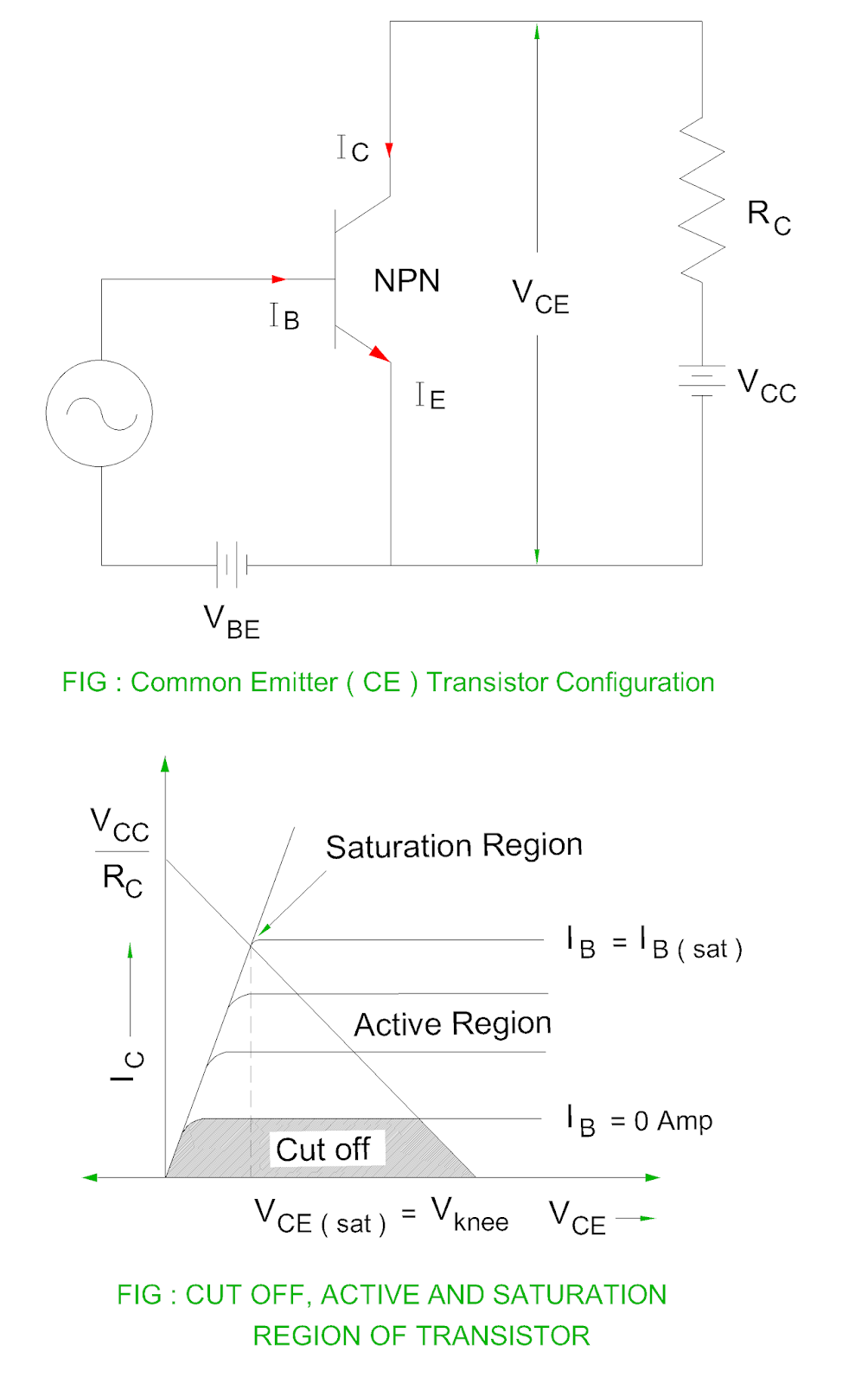
Let’s say this part is the “control circuit” part. This part only needs a small voltage source, sufficient enough to make the transistor functioning. We call the half left is the internal circuit where we can control the switching and bias of the transistor.


Some notable things to remember about the transistor’s three regions: Nonetheless, those nine variables will be the foundation and reason why such a curve can be drawn so simply. But do not worry, there will be only one curve with collector current (I C) and collector-emitter voltage (V CE) as the axis. We will use the electrical circuit below, a basic NPN transistor circuit.įrom these 3 components, we will have a lot of circuit variables:įrom the nine variables above, we will learn about the transistor characteristic curve. A voltage source connected to collector, V CC.A voltage source connected to base, V BB.Transistor Characteristicsįirst thing, we will find three regions in a transistor characteristic curve. We will use an NPN transistor here in an electric circuit schematic for better learning. However, unlike other electronic components which have a simple linear curve, the transistor characteristic curve has a unique linear curve depending on various variables in the circuit.

Every electronic component has their own characteristic curve.


 0 kommentar(er)
0 kommentar(er)
